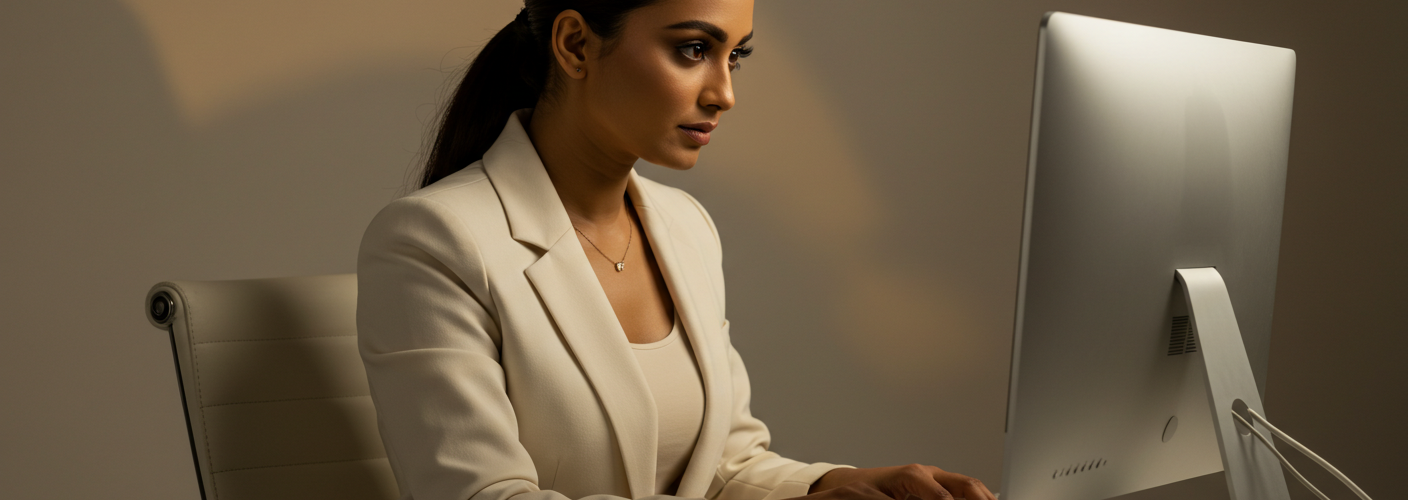There’s a sense of excitement when discovering new technology, and for many, the release of Windows 11 was one of those moments. With its sleek design and improved features, users are eager to explore what the latest operating system has to offer. However, with this excitement can come uncertainty, especially when it comes to downloading software from the internet. This situation resonates with anyone who has found themselves in a dilemma about whether what they downloaded is genuine or fake.
Recently, I encountered a common scenario: the urge to download Windows 11 after seeing a YouTube tutorial that promised a simple solution. The tutorial instructed me to search for “Windows 11 download ISO” and to click the first link appearing in the search results. Following the advice, I found what appeared to be the official Microsoft link: https://www.microsoft.com/en-us/software-download/windows11. At first glance, the URL looked safe, but lingering doubts soon crept in. Could this be a legitimate download, or had I unwittingly downloaded a fake version of Windows 11?
The urgency to have the latest operating system often outweighs the caution we should exercise. Many users tend to overlook the fact that downloading software from unfamiliar sources can carry risks. The rise of cyber threats today puts individuals at risk of downloading malware disguised as legitimate programs. This experience raises an important question: how do we discern authentic software from potential imposters in a sea of online content?
When downloading Windows 11—or any software for that matter—there are several factors to consider to ensure safety. Firstly, always use official channels. As I reflected on my choice, it was comforting to know that I followed the instruction to visit the official Microsoft site, which is a trustworthy source. Genuine Windows downloads can only be found on Microsoft’s official website or through certified retailers. Building a habit of downloading software only from reputable sources could prevent a multitude of future headaches.
Noticing the technicalities of website security is another layer of protection. In today’s internet landscape, ensuring that the connection to a website is secure has become paramount. Websites starting with “https://” rather than “http://” generally indicate that they are secure. This simple check can often provide peace of mind. Additionally, look for visual cues such as the padlock icon in the address bar, denoting a secure connection. Since my download was from the verified Microsoft site, it met both criteria, adding to my confidence, but it made me question if I had overlooked other red flags.
It is also crucial to verify that you are downloading the right version. When downloading operating systems, ensure that the version matches your system’s architecture. For example, Windows 11 comes in both 32-bit and 64-bit versions, and installing the wrong version could lead to complications. Always check your device’s specifications to confirm compatibility with the downloaded software, which can alleviate concerns regarding performance and stability once the installation commences.
Having taken all these precautions, I proceeded with the installation of Windows 11. As the process unfolded, the interface felt fresh and user-friendly—qualities that had been lauded in reviews and ratings. It was invigorating to explore the new features, from the revamped Start menu to enhanced security settings. While navigating through the excitement, I had to remind myself to remain vigilant. Just because a download appears genuine doesn’t guarantee its authenticity; I needed to pay attention to any signs of malfunction during the installation process.
In addition to taking precautions before downloading software, users should familiarize themselves with the signs of a compromised installation. Unexpected prompts for additional software, requests for unnecessary permissions, or a significant drop in system performance can be red flags. Post-installation vigilance is essential. Using credible antivirus software to scan the installation can help detect lurking malware, and ensuring system updates are regularly applied can also safeguard against vulnerabilities.
Despite the anxieties surrounding software downloads, I was relieved to find that my experience with Windows 11 was a positive one. My download from the Microsoft site didn’t result in any apparent issues, and I enjoyed exploring the innovative features that this new OS had to offer. However, as I continued to use it, I remained aware that maintaining a level of skepticism and awareness was part of responsible computing.
In conclusion, the journey of acquiring Windows 11 opened my eyes to the importance of caution and diligence in the age of digital uncertainty. While the allure of new software can sometimes overshadow the necessary precautions, being informed about safe downloading practices can mitigate potential dangers. By sticking to official sources, verifying website security, and paying attention to system performance, we can safely navigate the vast world of software downloads. As you embark on your own downloading endeavors, keep these tips in mind to ensure a positive experience without compromising your device’s integrity.





Add comment